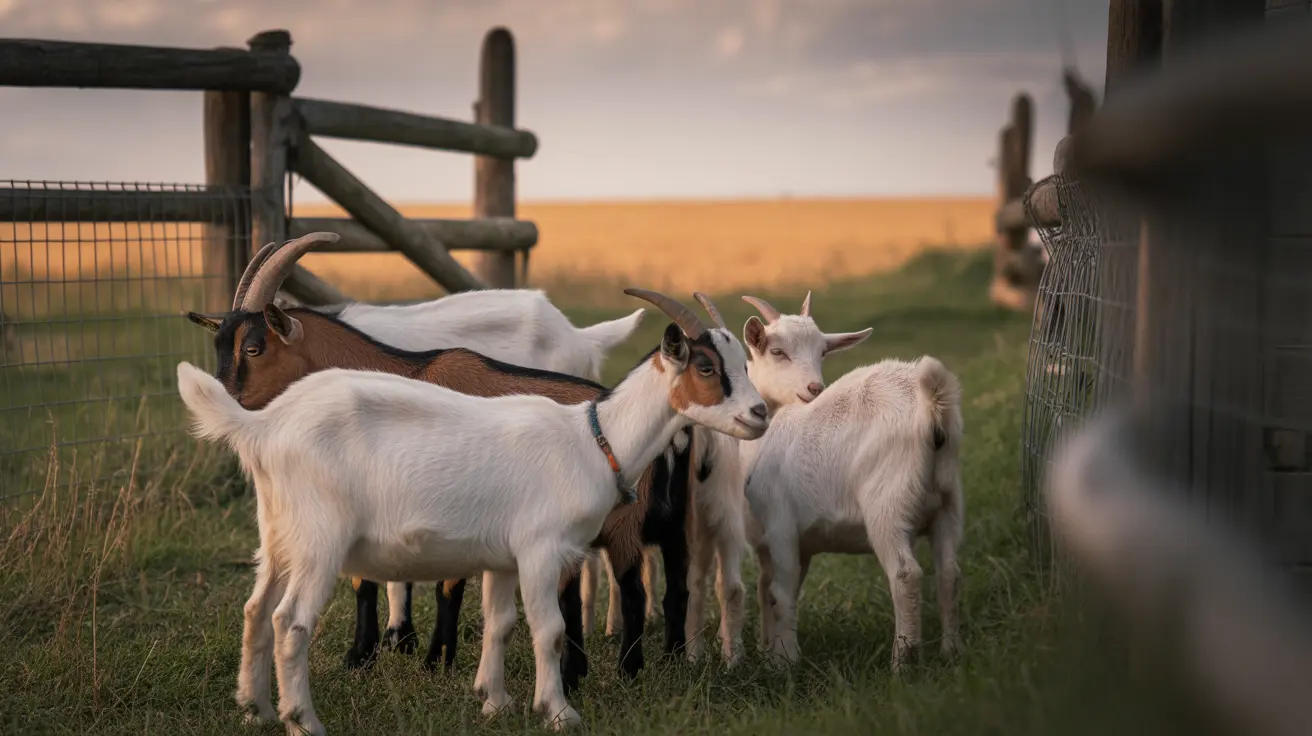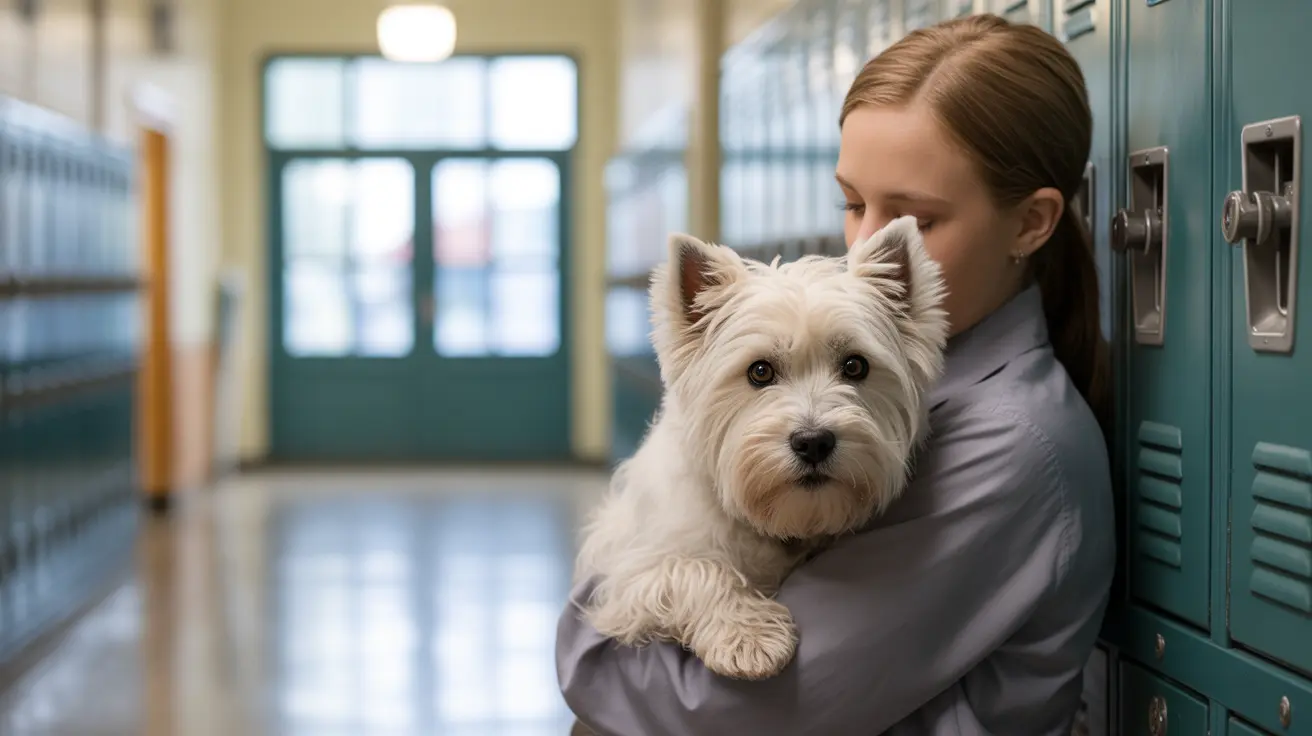Food aggression in dogs can be a concerning behavior that requires careful management and training - but not punishment. While it may be tempting to discipline your dog for guarding their food, punitive measures often worsen the problem and damage your relationship with your pet. Instead, understanding and addressing this behavior through positive reinforcement techniques is crucial for long-term success.
This guide will explore effective, science-backed methods to manage and modify food aggression in dogs, focusing on building trust and positive associations rather than punishment.
Understanding Food Aggression and Why Punishment Doesn't Work
Food aggression is a form of resource guarding where dogs display protective behaviors around their food. These behaviors can range from mild (freezing or growling) to severe (snapping or biting). While concerning, it's important to recognize that resource guarding is a natural survival instinct for dogs.
Punishing food aggression typically backfires because it:
- Increases anxiety around food and feeding times
- Reinforces the dog's belief that their food is under threat
- May cause dogs to skip warning signals and go straight to biting
- Damages the trust between dog and owner
Safe and Effective Training Techniques
Counter-Conditioning Approach
Instead of punishment, focus on changing your dog's emotional response to people approaching their food bowl through positive associations:
- Start by tossing high-value treats near the bowl while keeping a safe distance
- Gradually decrease the distance as your dog shows comfort with your presence
- Always respect your dog's space and never force interactions
The Trade-Up Game
Teaching your dog that giving up resources leads to better rewards:
- Offer something more valuable than what they currently have
- Use high-value treats like chicken or cheese
- Practice trades with non-food items first
- Always make the exchange positive and predictable
Creating a Safe Training Environment
Before beginning any training:
- Establish a quiet, consistent feeding location
- Feed dogs separately in multi-dog households
- Maintain a regular feeding schedule
- Use elevated bowls if appropriate for your dog's size
- Keep children away during feeding times
When to Seek Professional Help
Consider working with a professional dog trainer or behaviorist if:
- Your dog has bitten someone over food
- The aggression is severe or getting worse
- You don't feel safe implementing training techniques
- Progress isn't being made with home training methods
Frequently Asked Questions
How Do I Recognize Signs of Food Aggression in My Dog?
Watch for signs like stiffening body posture, growling, showing teeth, rushing to eat faster when approached, or snapping when near their food bowl. Early warning signs may include freezing or 'whale eye' (showing whites of eyes).
Is Punishing a Dog for Food Aggression Effective? Why Not?
No, punishing food aggression is not effective and often makes the behavior worse. Punishment increases anxiety and fear around food, which can escalate the aggressive response and damage your relationship with your dog.
What Training Methods Help Manage or Eliminate Food Aggression in Dogs?
Effective methods include counter-conditioning, desensitization, and the trade-up game. These positive reinforcement techniques help build trust and create positive associations with people approaching during meal times.
Why Does My Dog Exhibit Food Aggression, and What Are Common Causes?
Food aggression can stem from past experiences of food scarcity, competition with other animals, genetic predisposition, or learned behavior. Early experiences during puppyhood can also influence this behavior.
How Can I Safely Approach My Dog While They Are Eating Without Triggering Aggression?
Start by maintaining a safe distance and tossing high-value treats toward their bowl. Only approach closer once your dog shows relaxed body language and positive associations with your presence during meals. Never approach suddenly or reach for their food.






